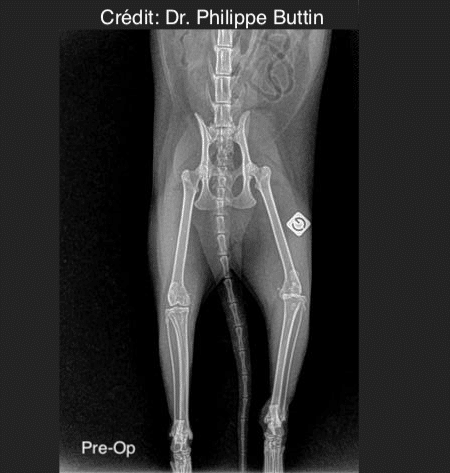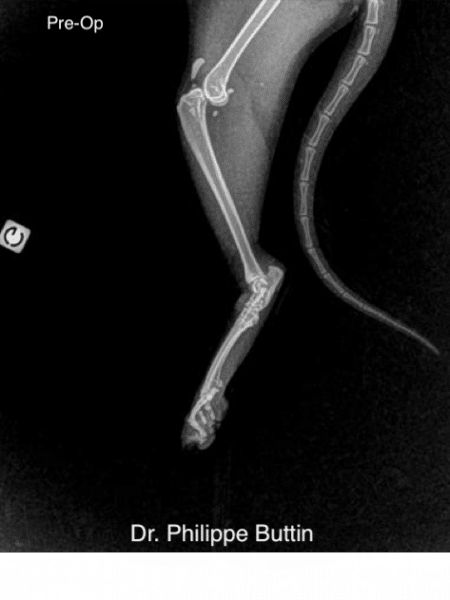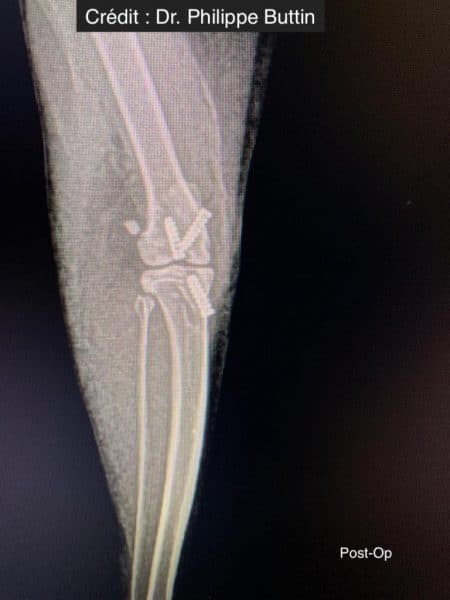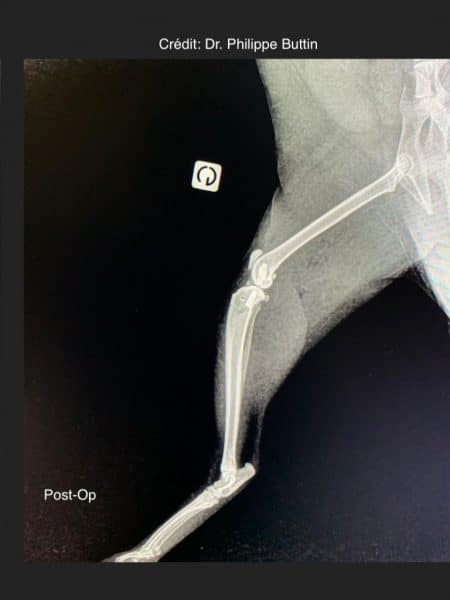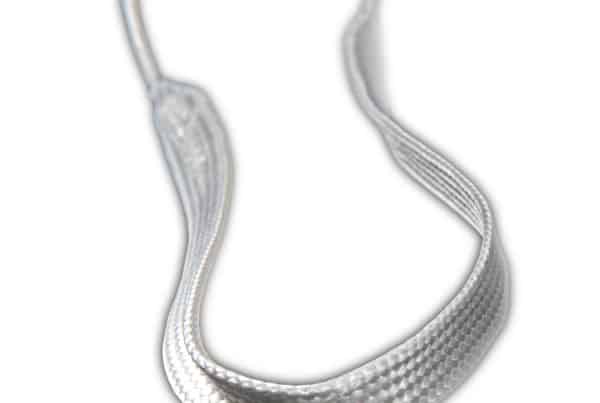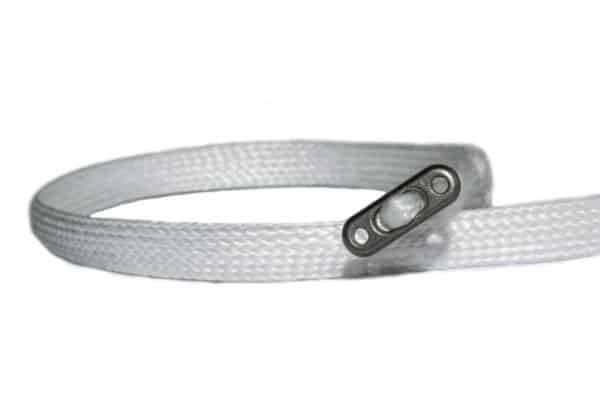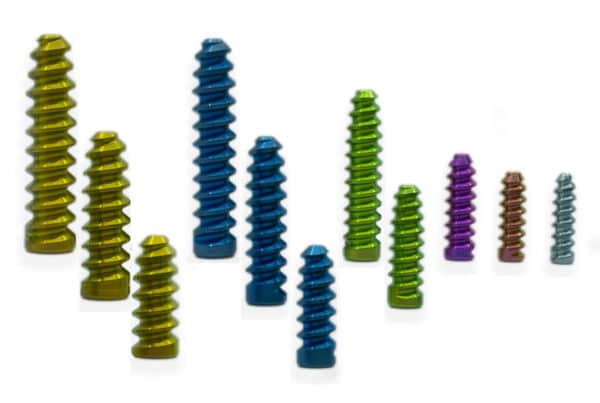Severe stifle sprain: intra-articular reconstruction
Severe knee sprains are rare but they cause severe instability of the knee, requiring surgical treatment and immobilization of the joint, often with a high short-term complication rate. Lesions are multiple and mainly affect the cranial and caudal cruciate ligaments, sometimes the medial collateral and more rarely the lateral collateral ligaments (can also include the menisci).
The use of a NOVALIG® synthetic ligament allows for anatomical reconstruction, as close as possible to the isometry of the native ligaments. A single synthetic ligament can be used to reconstruct several natural ligaments in cats. This technique suppresses the need for an external fixator or trans-articular pin, which are often associated with complications.
Developed in partnership with :

Dr Philippe Buttin
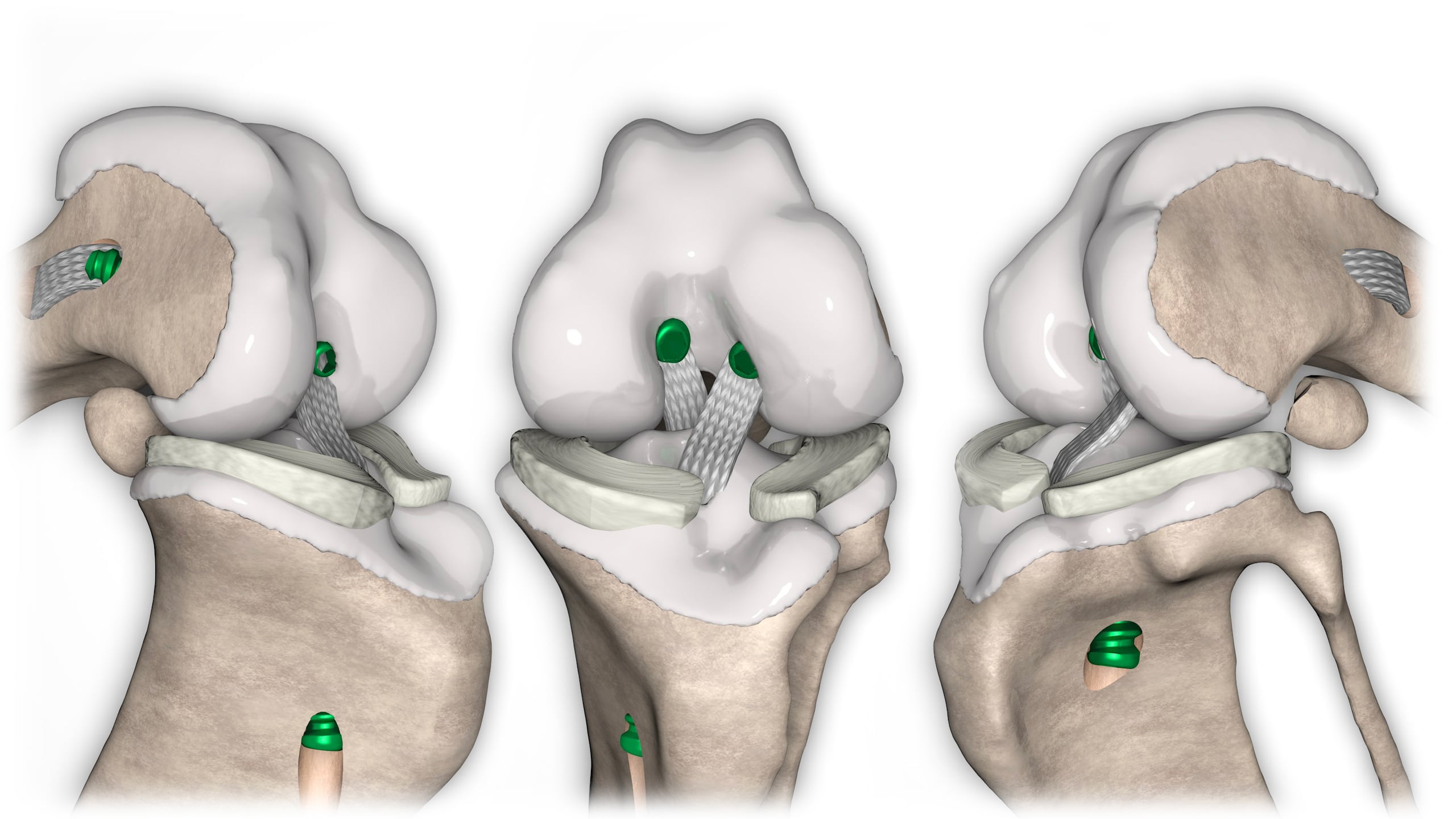
FAQ
What information do we have on the intra-articular use of UHMWPE synthetic fiber?
UHMWPE fibers have been used in intra-articular human and veterinary orthopedic surgery for several decades. They are a perfectly biocompatible inert material.
Significant experience is now available on its tolerability for intra-articular use in both humans and dogs. 1. E. Soreide, J.M. Denbeight et al. In vivo assessment of high-molecular-weight polyethylene core suture tape for intra-articular ligament reconstruction: an animal study. Bone Joint J. 2019 Oct;101-B(10):1238-1247. 2. P.A. Smith, et al. J. Knee. Surg. 2019
What is the benefit of intra-articular reconstruction?
The stifle joint is extremely complex and its stability is highly dependent on its numerous ligaments. Although they provide highly satisfactory clinical results, extra-articular osteotomy or stabilization techniques only partially address the mechanical problems associated with the rupture of the cranial cruciate ligament.
Intra-articular reconstruction is the technique with the closest possible outcome to a healthy knee.
It is also the only technique that can be performed arthroscopically. It offers a minimally invasive solution with reduced tissue trauma and associated pain, faster surgery, lower anesthetic risk and reduced use of painkillers.
Why using interference screws for fixation?
Interference screws provide immediate, atraumatic fixation for the implant and are fully fixed in the bone. They reduce the risks of irritation and early laceration caused by large knot.
The mechanical resistance of this type of fixation has made it a gold standard in many human medicine applications.

